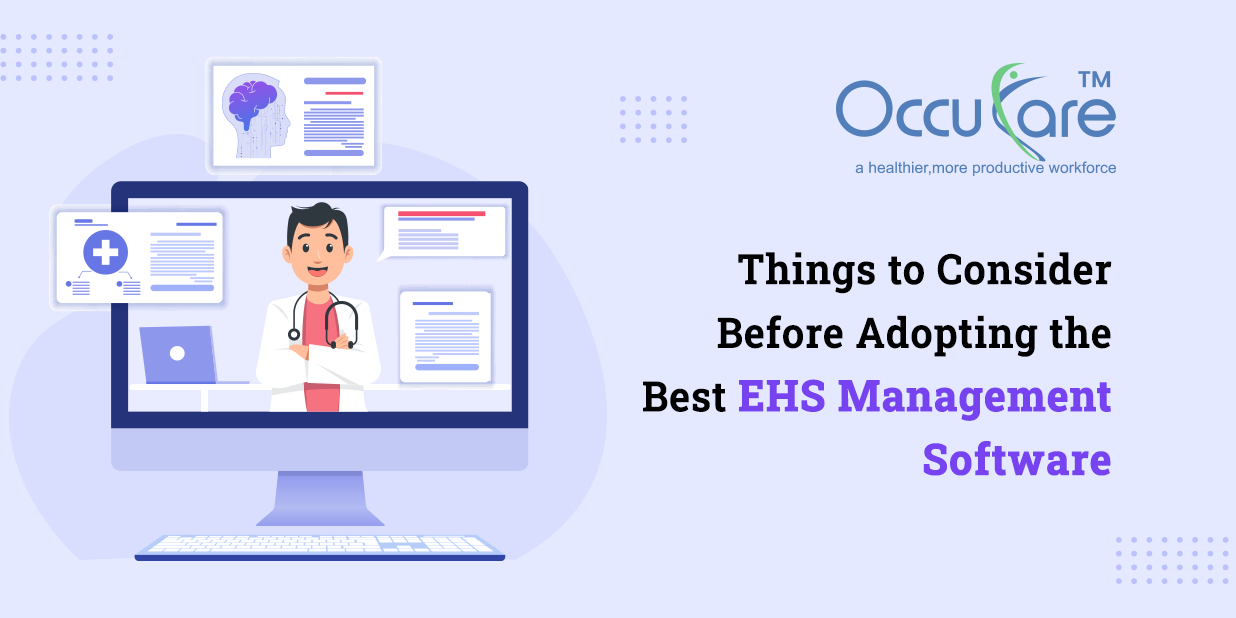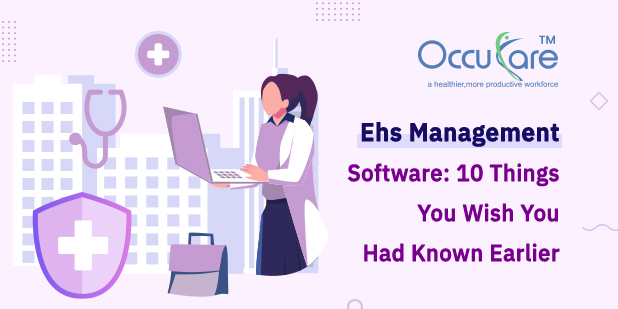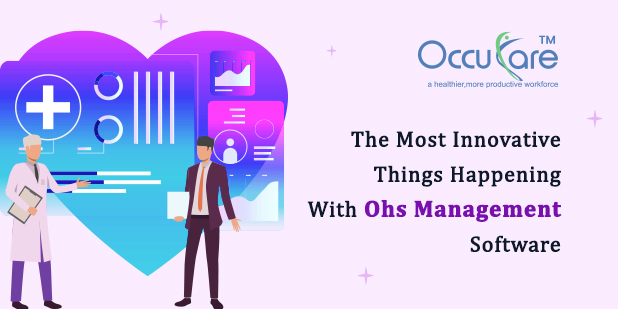With the ever-changing regulatory environment and increasing public awareness of environmental, health, and safety (EHS) issues, businesses in a wide range of sectors are using technology ogy more and more to automate their EHS management procedures. Utilizing EHS management software can improve productivity, lower dangers, improve compliance, and provide a safer work environment, among numerous other benefits.
The goal of environment, health, and security (EHS) management software is to automate and consolidate the administration of programs related to these areas inside a business. Modules for handling incidents, risk assessment, audits, compliance monitoring, training management, and additional subjects are usually included.
Key Considerations Before Adoption:
1. Assessment of Organizational Needs:
Conducting a thorough examination of your organization’s present EHS processes, challenges, and goals is vital before choosing an EHS Management System.
2. Flexibility and Scalability:
Consider the software’s scalability to meet your company’s expanding needs and its changing EHS requirements. Determine whether the program can accommodate more users and locations, grow with your business, and manage growing data quantities. Analyze the software’s ability to adapt processes, forms, reports, and dashboards to specific organizational needs without incurring high programming or customization expenses.
3. Ease of Use and User Adoption:
Select an intuitive and user-friendly solution to promote broad adoption among staff members. To evaluate the software’s overall usability, navigation, and interface, hold trials or demos. To ensure a seamless onboarding process and continued use, take into account the software vendor’s training and support capabilities.
4. Integration Capabilities:
Make that your current systems, including ERP, CRM, and IoT devices, can interact with the EHS software without any issues. Integration features remove redundant data entry, make it easier to share data between platforms, and give an overall picture of how a company operates.
5. Compliance and Regulatory Requirements:
Check to see if the software provider provides tools that make compliance monitoring, reporting, and documentation easier and keeps up to speed with regulatory changes. Seek regulatory body endorsements or certifications attesting to the software’s compliance with industry norms.
6. Data Security and Privacy:
Give top priority to software solutions that follow strict data security and privacy regulations, considering the sensitivity of EHS data. Examine the software vendor’s data protection policies, including those pertaining to encryption, access controls, data backups, and adherence to local or GDPR (General Data Protection Regulation) regulations.
7. Analytics and Reporting Capabilities:
Data analysis and reporting provide actionable insights that are vital to efficient EHS management. Examine the software’s ability to create real-time dashboards, analysis of trends, predictive analytics, and reports that can be customized. Seeing new hazards and utilizing EHS performance indicators to visualize them helps your company make proactive decisions and pursue continuous improvement.
8. Vendor Reputation and Support:
Talk with vendor personnel to evaluate their timeliness, amount of EHS management experience, and post-implementation support and maintenance provided. To guarantee long-term software solution satisfaction, make sure the service-level agreements (SLAs), support channels, and availability of updates or upgrades are clear.
9. Examining Expenses:
Recognize the overall cost of ownership for implementing and sustaining the EHS management system. Think about implementation costs, customization fees, training costs, continuing support fees, and possible expenditures for system extensions or upgrades in addition to the initial license prices.
Conclusion:
A methodical strategy that considers organizational needs, scalability, usability, integration capabilities, compliance requirements, data security, analytical capabilities, vendor reputation, and cost considerations is necessary to select the finest software. You can make an informed choice that promotes effective environmental, health, and safety management by coordinating these variables with the aims and objectives of your company. If you are finding the best EHS management software for your organization contact us today.




